STORY LESTER DAVIS | ILLUSTRATIONS SHAW NIELSEN
Community Outreach Program gets students outside the classroom and hospital to get inside people’s lives and health needs
On a recent sunny Saturday morning, a handful of women gathered in front of the Patterson Park Youth Sports and Education Center eager to sweat together. Dressed in workout gear and clutching water bottles were mostly Latina immigrants who had discovered the free fitness sessions by Embajadores de Salud—or Health Ambassadors—after being diagnosed with diabetes, hypertension, or other health issues.
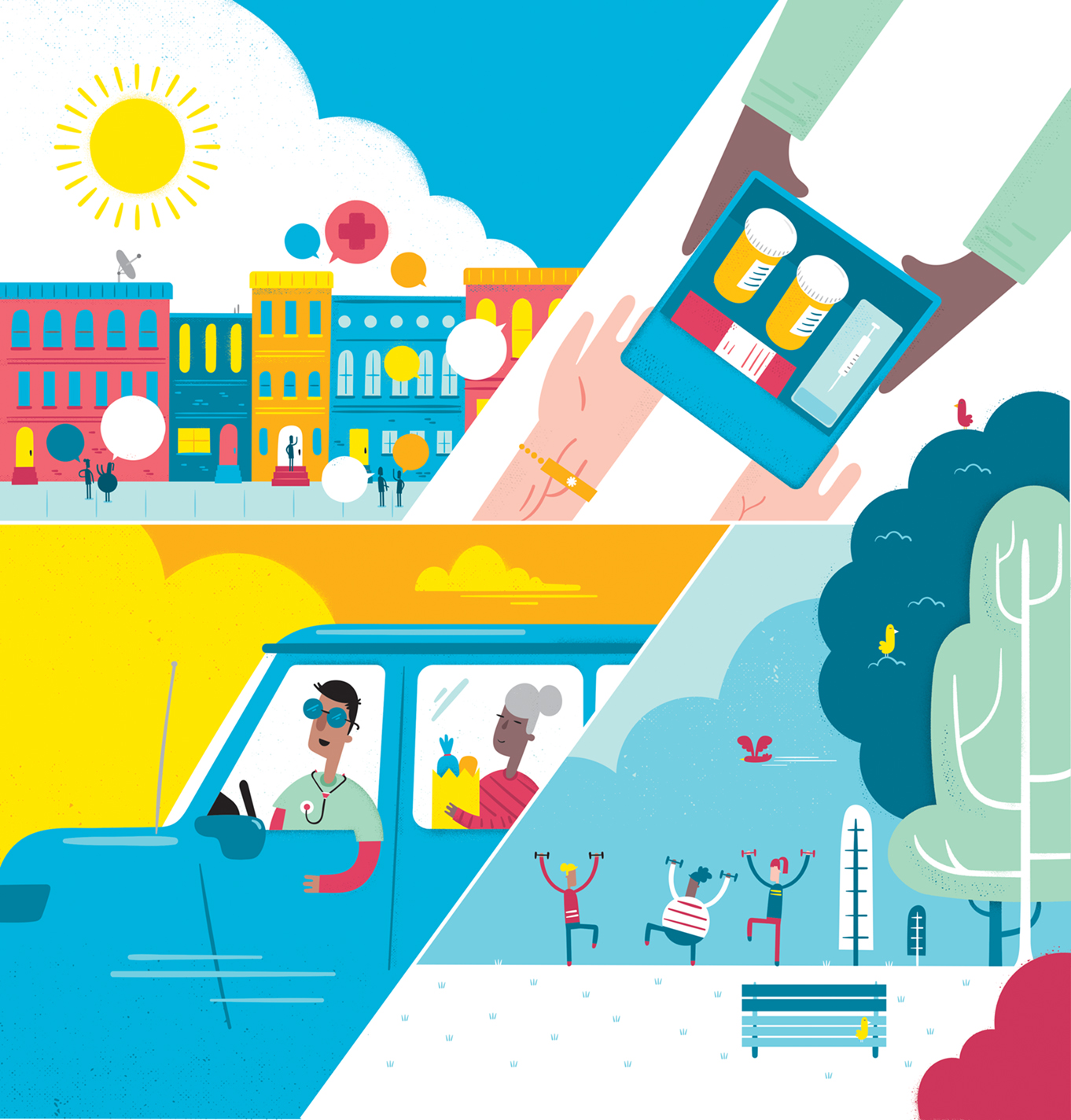
Forty-five leg, arm, and heart-pumping minutes later, the women form a circle, join hands, and shout the group mantra: Juntos podemos! It translates, basically, to “Yes, we can!”
“I can’t speak for everyone, but to me it signifies the power of community. It represents that it is possible to achieve anything when we are together,” explains Kelsi Brooks, an MSN: Entry into Nursing student who got involved in leading the exercise sessions through
the Community Outreach Program (COP) at the Johns Hopkins School of Nursing. “For many of the participants, English is a second language and Spanish is a pivotal aspect in their identity. At Embajadores, we see firsthand how language is a major barrier for anyone seeking resources that empower a healthy lifestyle.”
The classes are organized by Bienestar Baltimore and Centro Sol, which provide essential health services to the city’s Latino community, according to Brooks, 24, who got involved through COP. She says she’s watched workout participants become noticeably stronger and healthier as the weeks pass and develop better self-confidence about taking charge of their self-care.
“I can’t speak for everyone, but to me it signifies the power of community.”
— Student Kelsi Brooks
“Having the opportunity to engage with the Spanish-speaking community has helped me understand the value of reaching out and meeting people where they are in their journey to achieve health,” adds classmate and partner in calisthenics Zoe Lim, 22. “The program also allowed me to have a positive influence on people’s attitudes toward their health care, which is such a major part of improving outcomes for patients.”
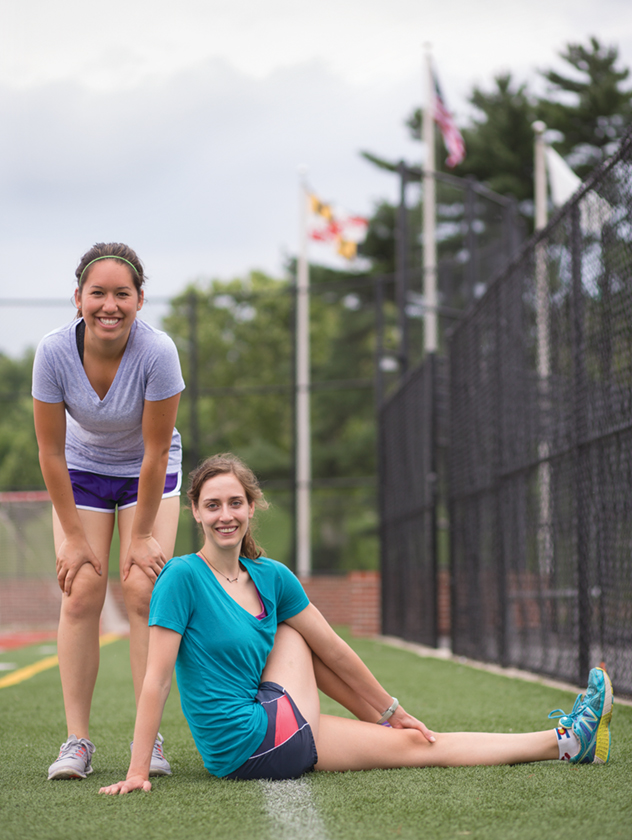
Photo by Chris Hartlove
DIFFERENT LENSES
Community care is about context and connection. It can be difficult to get an understanding from a textbook of how things like environmental factors—from so-called food deserts to the walkability of a neighborhood—impact health outcomes. And the conscious or unconscious personal biases among health workers that can hamper proper care are tough to overcome or re-program in a classroom setting.
“We help the nursing students understand how we all see things through different lenses and how that can have an impact on the health care they provide,” explains Patty Wilson, MSN, RN, co-coordinator of COP, who credits the program with helping students navigate complex systems that include such “implicit bias.” (Wilson, who is also a PhD candidate, explains that people sometimes confuse COP for the Student Outreach Resource Center, or SOURCE, which is a key partner.)
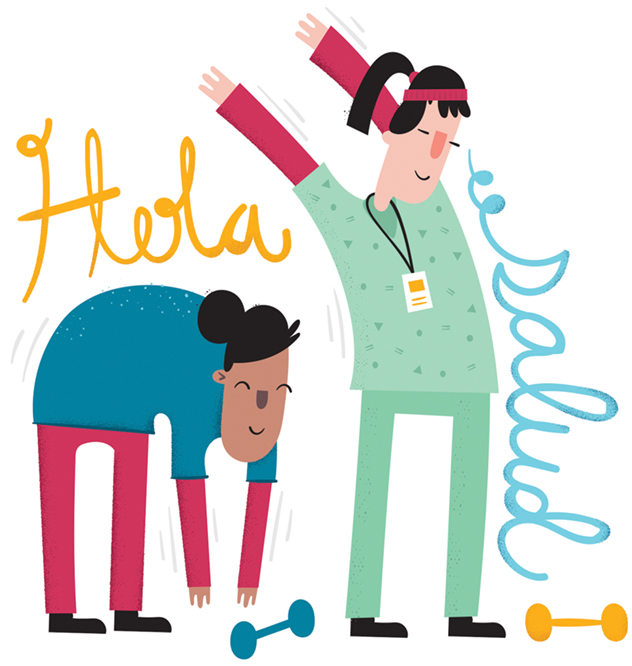
It’s just part of COP’s important role, combining for students the cutting-edge information of the classroom with practical experiences gleaned from caring for some of Baltimore’s most underserved communities.
It serves as a bridge to the intangible skills students will need in order to become nurses capable of erasing the myriad health disparities faced by individuals living in underserved communities. COP was created in 1991 to help “improve the health of Baltimore’s urban community while engaging students in the complex practical
issues surrounding public health.” It partners with a network of about 20 organizations, from the House of Ruth Maryland Domestic Violence Shelter to the Lillian D. Wald Community Nursing Center “to prepare students with the skills and knowledge to serve similar communities around the world.”
Master’s Entry student Tim Whelden, 27, says he ultimately decided to attend Hopkins because, in addition to access to the world’s sharpest academic minds and researchers, he’d have an opportunity, through COP, to learn by—and while—making a difference. He just didn’t realize how quickly he would get his chance, a pleasant surprise as it turned out.
“I thought I’d just do my schoolwork and not have time for much else. But I quickly realized that working in a health care setting offers a major benefit to nursing students,” Whelden explains. “The great thing about COP is that it gives students an opportunity to care for and connect with patients, which is such a gift because that’s a large part of what nursing involves.”
Whelden likened the COP experience to the NFL’s annual draft. Students complete an application and select the top three organizations they’d like to intern for. The staff handles the matching and students learn their placements around the end of October. The internships last the full academic year, and students work about four hours per week.
Whelden, who recently completed an internship at a hospice facility in Baltimore, says he plans to remain involved with COP as a student program assistant.
STEPPING UP
“To me, patient-centered care begins with first understanding the environment patients come from, and COP is the link that helps students and Johns Hopkins to achieve this,” says Brooks while stretching at Patterson Park. “Medical jargon can cause a separation between health care providers and patients in the same way that English cannot provide Spanish-speaking members of Baltimore with a supportive, familiar, welcoming, and encouraging community that may be key to healthy living and connections.”
Mission accomplished. New challenge accepted. “Through COP and my internship with Bienestar, I’ve really developed an understanding of how I’d like to use my nursing career,” Brooks says. “Our work should really be about understanding how people live and what their needs are and you can really only do that outside of the hospital.”
GET INVOLVED
Community Outreach Program (COP)
pwilso23@jhu.edu; mlevin@jhu.edu
A service-learning collaboration between the JHSON’s Department of Community-Public Health Nursing, SOURCE, and community-based organizations.
Bienestar Baltimore
Baltimore.Bienestar@gmail.com
A tri-school, student-run community outreach organization serving Baltimore’s Latino community.
Centro Sol
centrosol@jhmi.edu
Mission: to promote equity in health and opportunity for Latinos by advancing clinical care, research, education, and advocacy.
Student Outreach Resource Center (SOURCE)
SOURCE@jhu.edu
A community service and service-learning center for the schools of Nursing, Medicine, and Public Health at Johns Hopkins University.
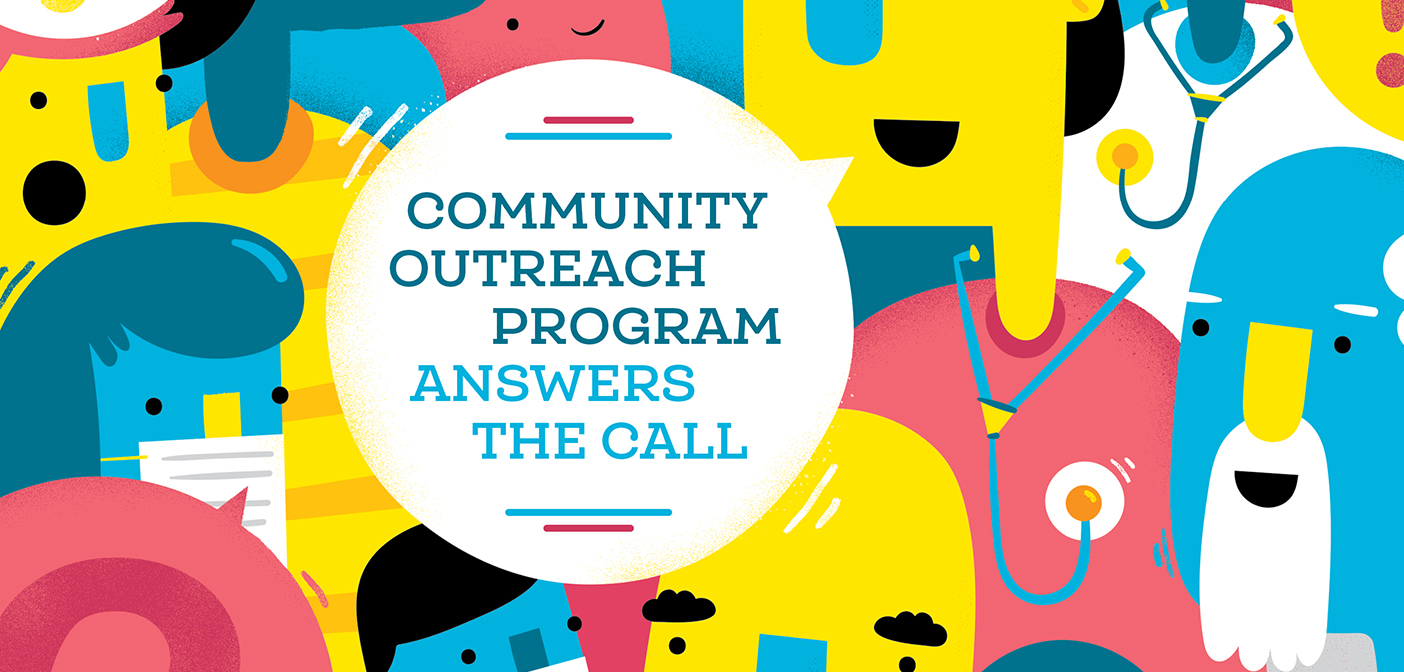
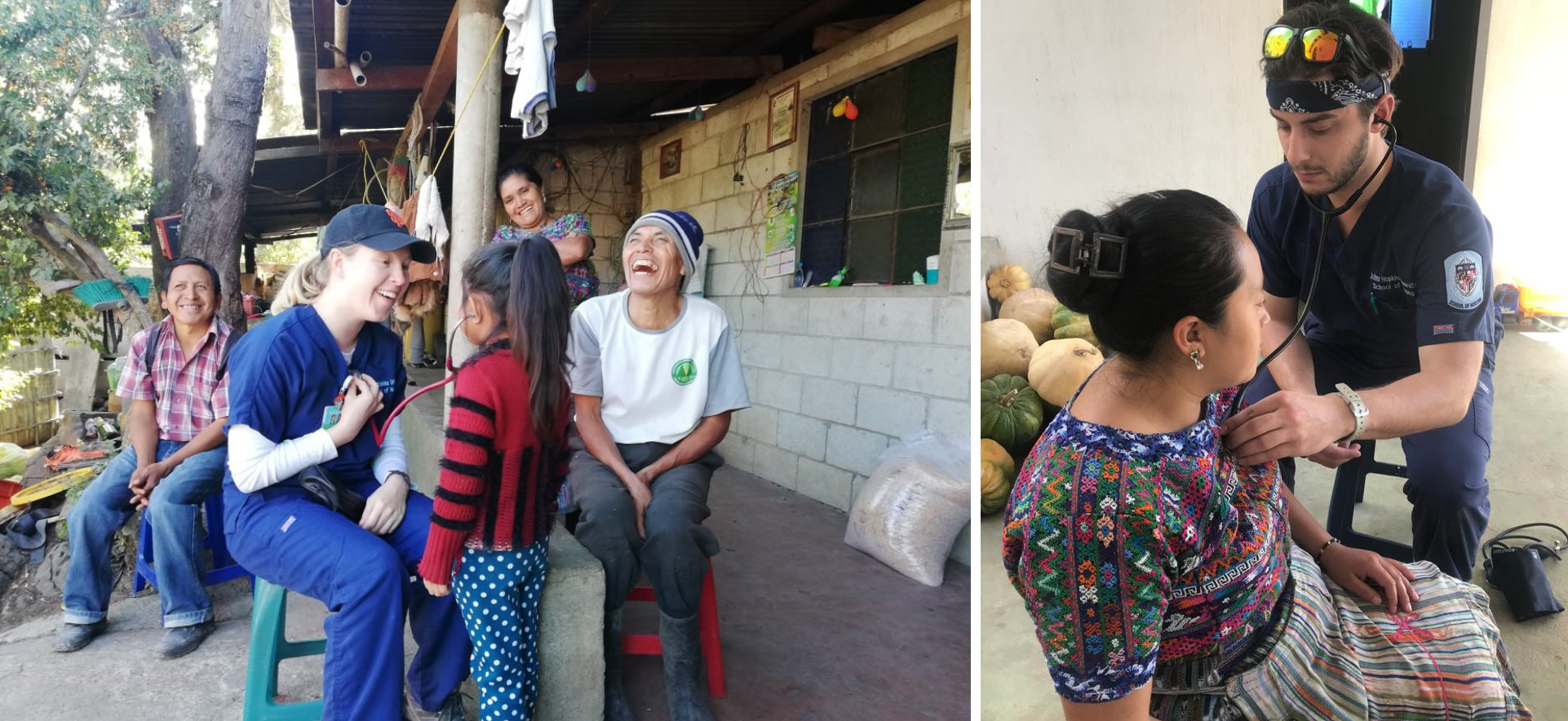 Guatemala Re-visited: Rainwater Project Shows Value of Service-learning Trips
Guatemala Re-visited: Rainwater Project Shows Value of Service-learning Trips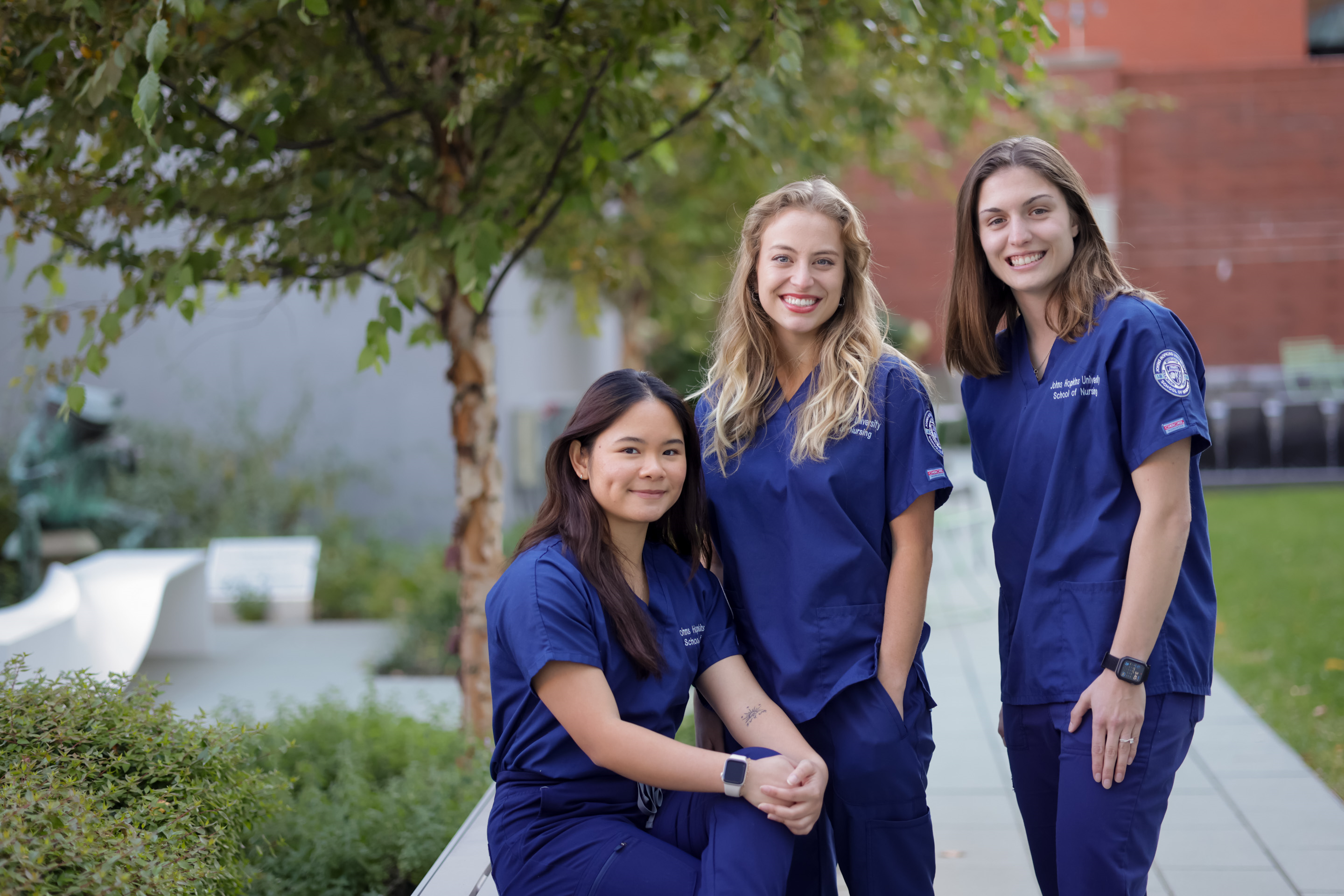 Military to MSN and Back: A Select Few
Military to MSN and Back: A Select Few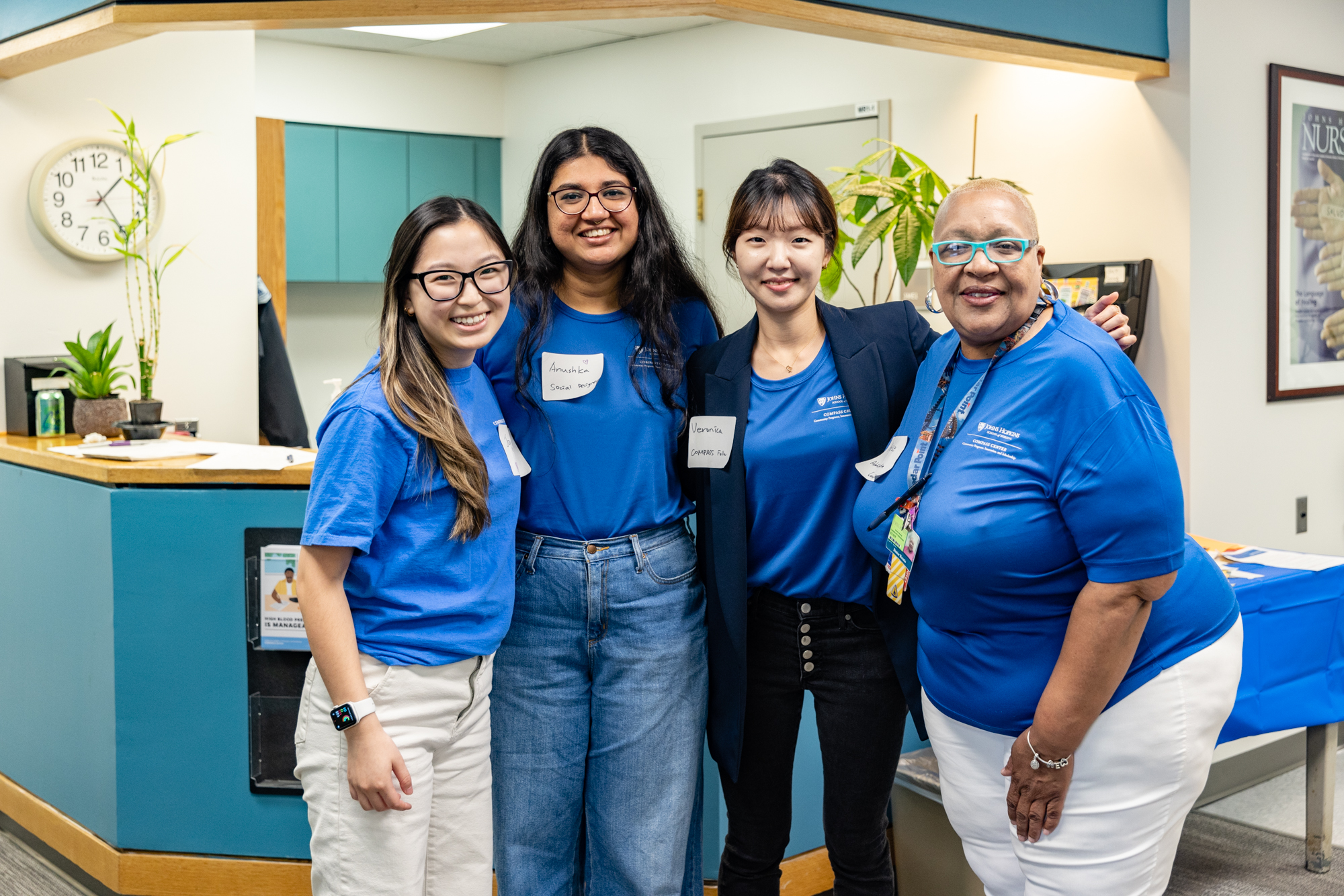 Wald Center Returns to Lead Community Care
Wald Center Returns to Lead Community Care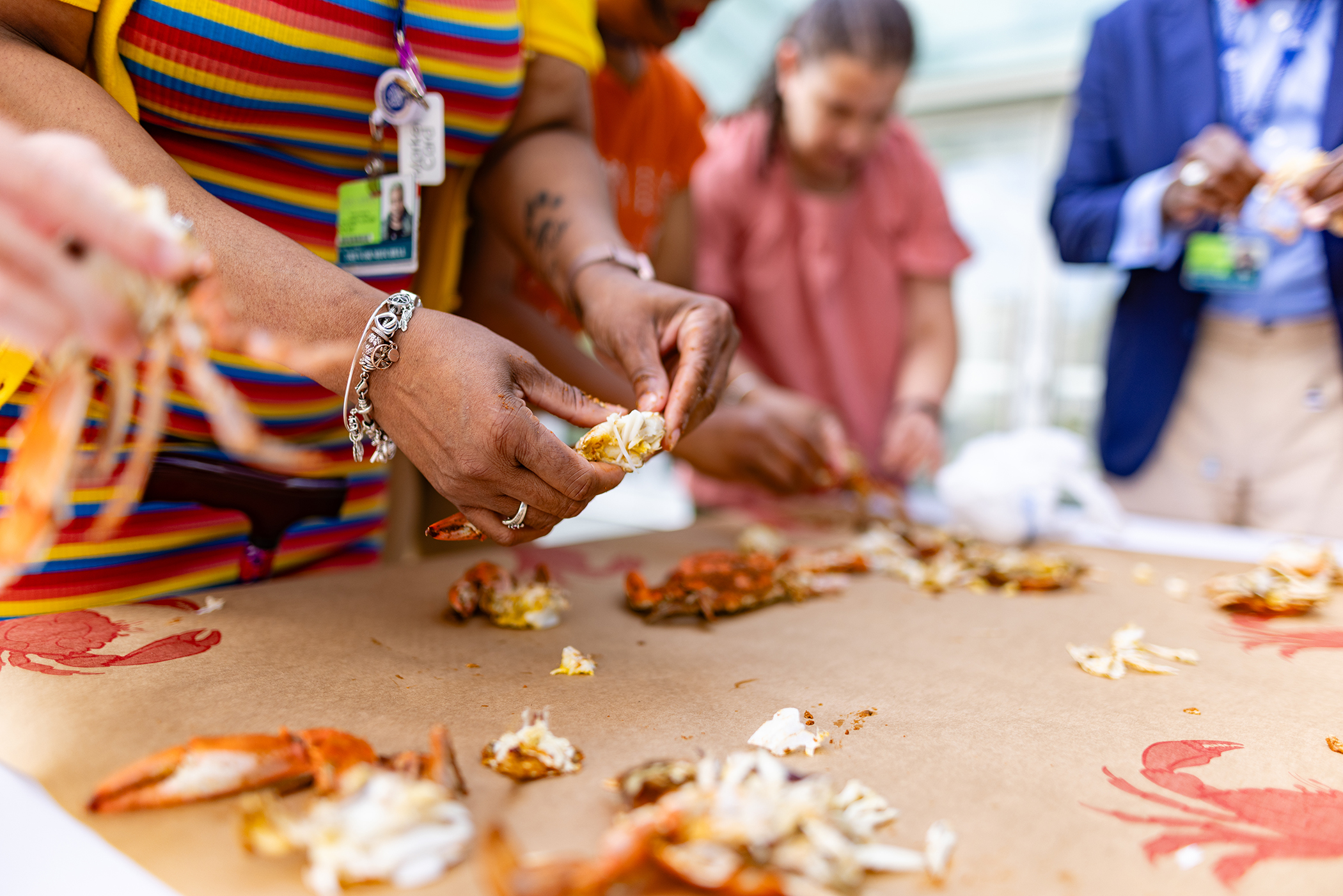 JHSON Highlights
JHSON Highlights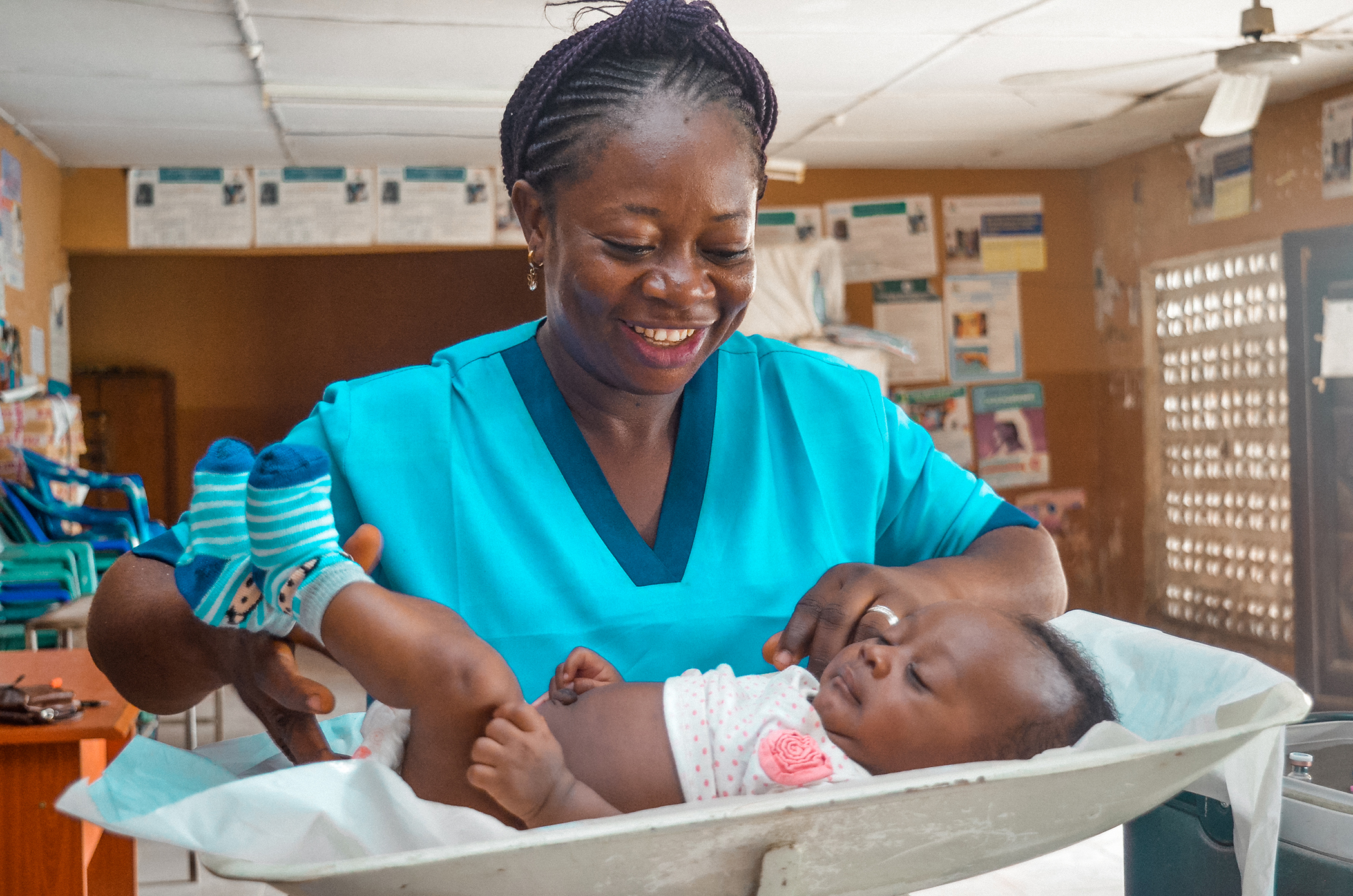 Nurse Edith Brings Primary Health Care to Everyone in Rural Nigeria
Nurse Edith Brings Primary Health Care to Everyone in Rural Nigeria







